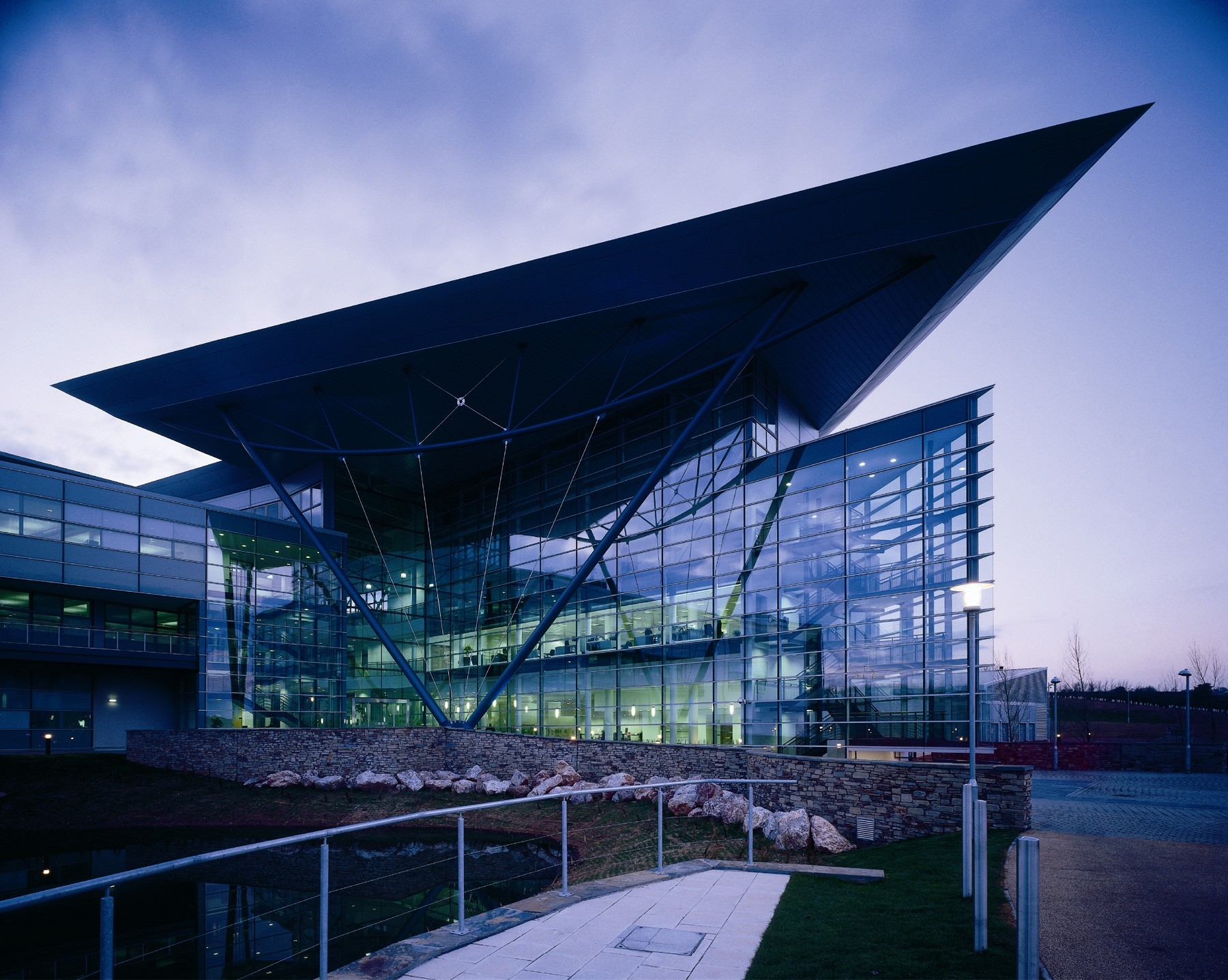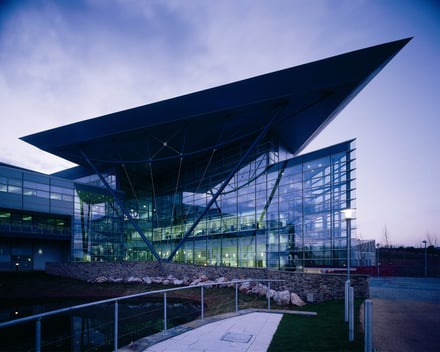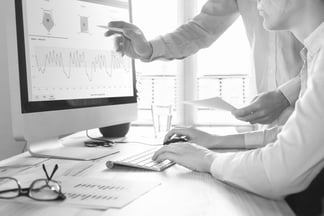Met Office case study: driving efficiency
 Getting started with Metrikus
Getting started with Metrikus
When we first started working with Metrikus, our primary goal was to monitor temperature in our office space. We were constantly bombarded with ‘too hot’ and ‘too cold’ complaints, many more than you’d expect. Our BMS said everything was normal and that the room temperatures were 21°C, the BMS set point. But evidence from the Metrikus platform showed that the temperature was actually some way off and certainly not evenly distributed.
Having detailed evidence allowed us to look at the BMS system performance. We immediately discovered that our BMS sensors were not reading correctly. Many years of sensor drift and subsequent compensation meant that we were operating a system with erroneous inputs. We were able to rectify that problem and start thinking about other ways in which we could improve efficiency in our space.
Finding solutions to our problems
The Metrikus platform soon picked up on a cold spot, which we assumed was as a result of a draught coming from a window. But we were actually able to deduce a bigger design fault in the vents underneath our building that hadn’t been properly inspected in 18 years. As well as this, as a result of all the ‘too cold’ complaints over the years, many floor vents had been closed off to prevent draughts. In reality, the net result of that activity was to move the draught elsewhere and create an unbalanced airflow. That’s where the power of the Metrikus platform really came into play. It has given us the knowledge and the confidence we need to ask the right questions, find any problems, and engineer the solutions.
From temperature monitoring, we then expanded to other indoor air quality parameters like humidity, dust and VOCs. And we became genuinely interested in the quality of our indoor air. On one occasion, the Metrikus platform picked up on a very high dust event, and this transpired to be a Saharan dust storm hitting the UK. This just shows how easily polluted air can infiltrate indoor spaces and have a detrimental impact on indoor air quality.
The impact of remote monitoring
Once we had seen the power of the Metrikus platform in action, we realised its potential to help us in other areas. The Met Office has 15 weather radars which for us are critical infrastructure. They are extremely difficult to access, and the problems encountered with maintaining them are great and many.
Thankfully, the Metrikus platform has helped us to manage these sites far more effectively. We can see the temperature, humidity, human presence and the state of health of the mains supplies. We’re now learning how these buildings perform and we have already picked up instances of heating and cooling operating at the same time. Similarly, we’ve been able use the data to ensure replacement HVAC is sized correctly. All in all this, will definitely generate measurable energy savings.
Real-time energy monitoring
The National Grid is pretty reliable, but from time to time failures occur. It can take a while for us to realise there is a mains outage, as the UPS initially picks up the load, followed by the diesel generator.
Once these both run dry, our sites would shut down. A network fault is then presented and we have to go through an extensive set of procedures related to the loss of data. We also need to dispatch an engineer, which is a potential health and safety risk as it could be in the middle of the night, with adverse weather conditions and potentially no signal.
At the Devon Radar Station, the Metrikus platform allows us to see real-time energy usage and know immediately if there have been any power outages. Once an issue has been confirmed, we can send an engineer to site to fix any issues. What is really great is that the platform allows us to see that they have arrived safely and are moving around, mitigating health and safety concerns.
We are trying to work out whether or not we need a UPS of the current size and capacity, and if a diesel generator is truly necessary. The Metrikus platform is giving us the data we need to make an informed decision. And this has the potential to bring huge cost savings and environmental benefits.
Real-time temperature monitoring
Another way in which Metrikus has helped us is with temperature monitoring. Lots of the equipment within our radar stations needs to remain within a certain temperature bracket to function properly.
Through the Metrikus platform, we have been able to set a threshold, and if this is exceeded we get an automatic alert and can dispatch someone to site. This means that instead of sending someone every six months to check on equipment, we only send someone when there’s actually an issue that needs fixing. And it means that we get any faults sorted much quicker.
The power of good data
One final way in which the Metrikus platform has improved our efficiency is by identifying the lack of utility from a dehumidifier we had operating in the radome. It was on permanently and maintained every 6 months, whether it needed it or not. After installing sensors, the Metrikus platform showed that the dehumidifier was achieving nothing. Once again, equipped with the right data, we were able to make a decision to save us time, money and energy.
I cannot overstate how useful the Metrikus platform has been across the board. It is a powerful tool that allows you to become an intelligent customer. The team is always looking to develop solutions for our problems, and the flexibility and speed of response is exemplary. Working with Metrikus, it truly feels like we are exploring the art of the possible.




